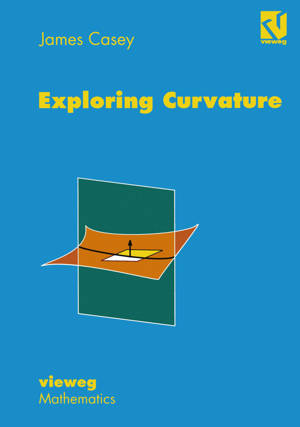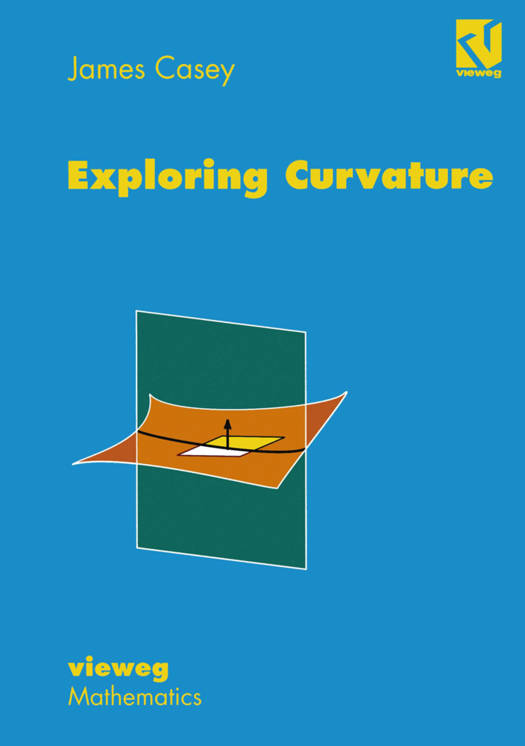
- Afhalen na 1 uur in een winkel met voorraad
- Gratis thuislevering in België vanaf € 30
- Ruim aanbod met 7 miljoen producten
- Afhalen na 1 uur in een winkel met voorraad
- Gratis thuislevering in België vanaf € 30
- Ruim aanbod met 7 miljoen producten
Zoeken
Omschrijving
. . . one should not be too ready to erect a wall of separation between nature and the human mind. d'Alembert [Dugas (1955)] It is possible to present mathematics in a purely fonnal way, that is to say, without any reference to the physical world. Indeed, in the more advanced parts of abstract algebra and mathematical logic, one can pro ceed only in this manner. In other parts of mathematics, especially in Euclidean geometry, calculus, differential equations, and surface ge ometry, intimate connections exist between the mathematical ideas and physical things. In such cases, a deeper (and sometimes quicker) under standing can be gained by taking advantage of these connections. I am not, of course, suggesting that one should appeal to physical intuition whenever one gets stuck in a mathematical proof: in proofs, there is no substitute for rigor. Rather, the connections with physical reality should be made either to motivate mathematical assumptions, or to introduce questions out of which theorems arise, or to illustrate the results of an analysis. Such interconnections are especially important in the teaching of mathematics to science and engineering students. But, mathematics students too have much to gain by familiarizing themselves with the interconnections between ideas and real things. The present book explores the geometry of curves and surfaces in a physical way.
Specificaties
Betrokkenen
- Auteur(s):
- Uitgeverij:
Inhoud
- Aantal bladzijden:
- 291
- Taal:
- Engels
Eigenschappen
- Productcode (EAN):
- 9783528064754
- Verschijningsdatum:
- 1/11/1996
- Uitvoering:
- Paperback
- Formaat:
- Trade paperback (VS)
- Afmetingen:
- 148 mm x 210 mm
- Gewicht:
- 367 g

Alleen bij Standaard Boekhandel
+ 152 punten op je klantenkaart van Standaard Boekhandel
Beoordelingen
We publiceren alleen reviews die voldoen aan de voorwaarden voor reviews. Bekijk onze voorwaarden voor reviews.








